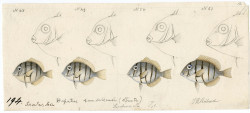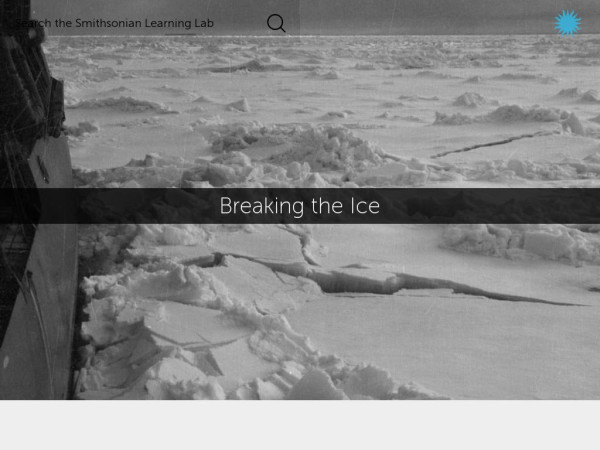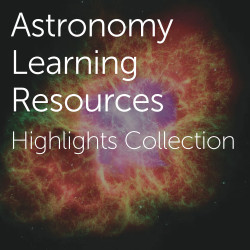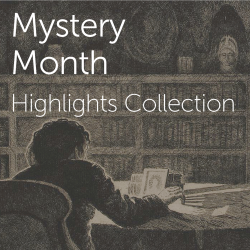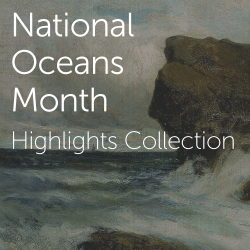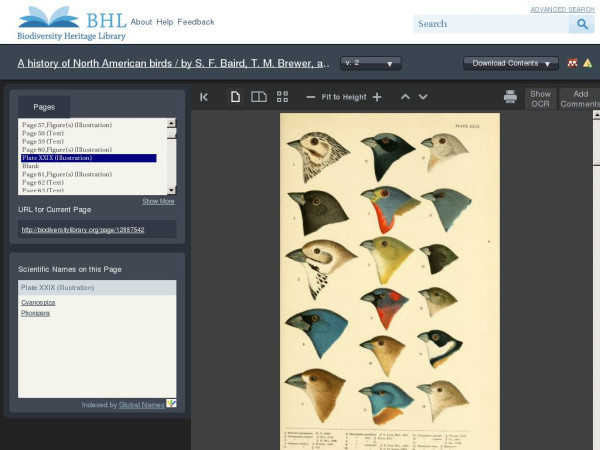Ashley Naranjo
Ashley Naranjo, M.Ed. is a museum educator, specializing in the use of digital resources for teaching and learning. She currently manages distance learning initiatives and education partnerships for the Smithsonian. Portfolio highlights have included: the Smithsonian Quests digital badging program, Smithsonian Online Education Conferences, Smithsonian Learning Lab nationwide teacher professional development, Teachers of the Year programming at the Smithsonian, “Explore with Smithsonian Experts” video series, and Smithsonian print publication guides.
Before coming to the Smithsonian, she has had experiences in education in both formal and informal learning spaces: as an ESOL instructor for adults, a middle school teacher in the humanities and a summer programs administrator. She holds a B.A. in Human Development (Developmental Psychology) from the Lynch School of Education at Boston College, where she was a research assistant and independent study student in the Laboratory of Thinking, Learning & Cognition in the Arts. She completed a M.Ed. in Learning Design and Technology from the Rossier School of Education at the University of Southern California, with a thesis entitled, “Using Digital Museum Resources in the Classroom”. She is a 2019 graduate of the Getty Leadership Institute’s NextGen of Museum Leaders program.
Ashley Naranjo's collections
Declaration of Independence Resources
 Ashley Naranjo
Ashley Naranjo
English Language Learning with Artifacts and Portraits
 Ashley Naranjo
Ashley Naranjo
Exploring Our Planet through Satellite Images
 Ashley Naranjo
Ashley Naranjo
Getting to Know You: Icebreaker Ideas with the Smithsonian Learning Lab
 Ashley Naranjo
Ashley Naranjo
"...Give Me Liberty or Give Me Death!"
 Ashley Naranjo
Ashley Naranjo
Go-go: The Heartbeat of Washington, D.C.
 Ashley Naranjo
Ashley Naranjo
How might we re-design our classroom?
 Ashley Naranjo
Ashley Naranjo
"How to" Strategies for Use with Smithsonian Collections
 Ashley Naranjo
Ashley Naranjo
Iconic Pittsburgh Images, Paired with Project Zero Routines
 Ashley Naranjo
Ashley Naranjo
Introduction to Pollinators
 Ashley Naranjo
Ashley Naranjo
Investigating a Place: Texas, a U.S. State Collection
 Ashley Naranjo
Ashley Naranjo
Isamu Noguchi
 Ashley Naranjo
Ashley Naranjo


